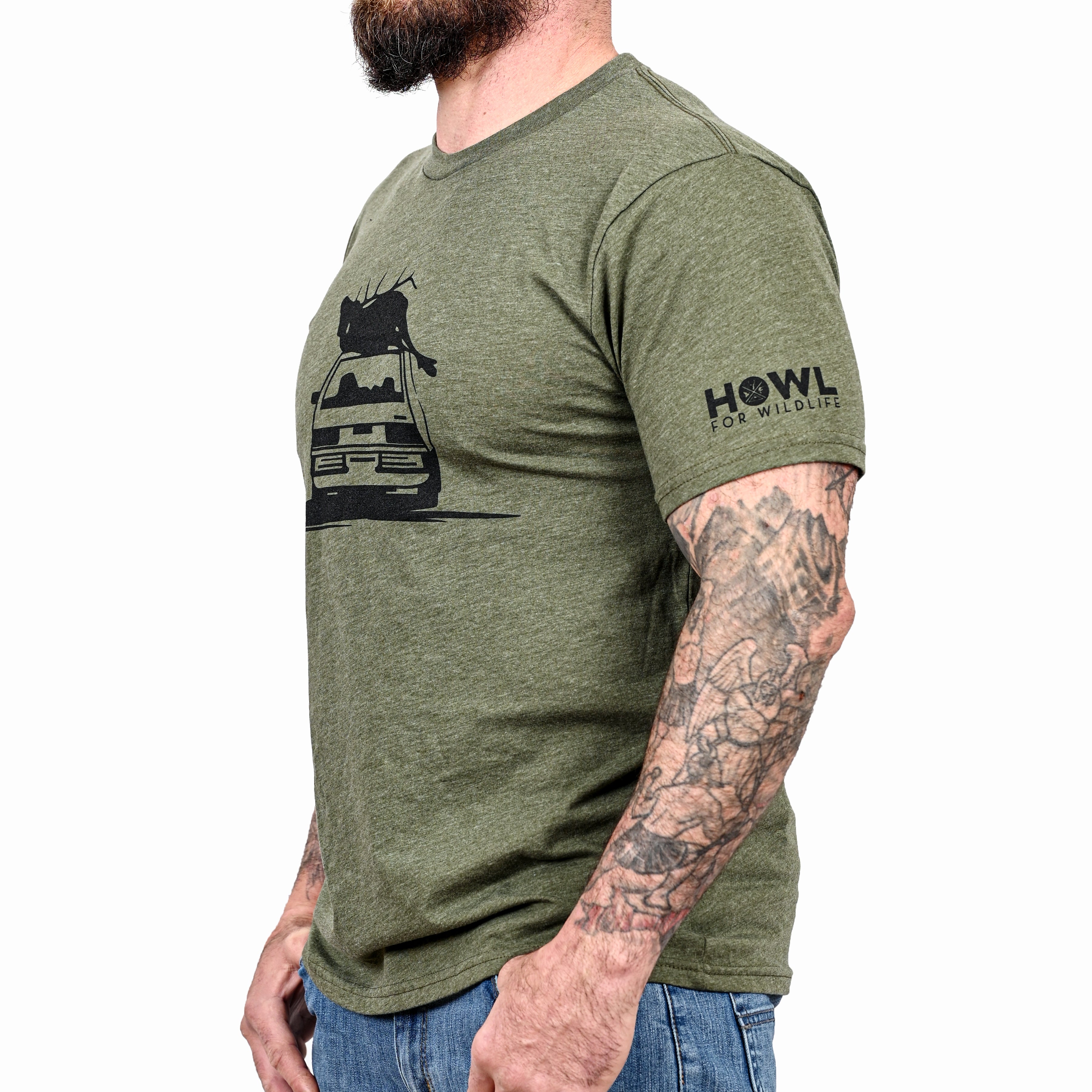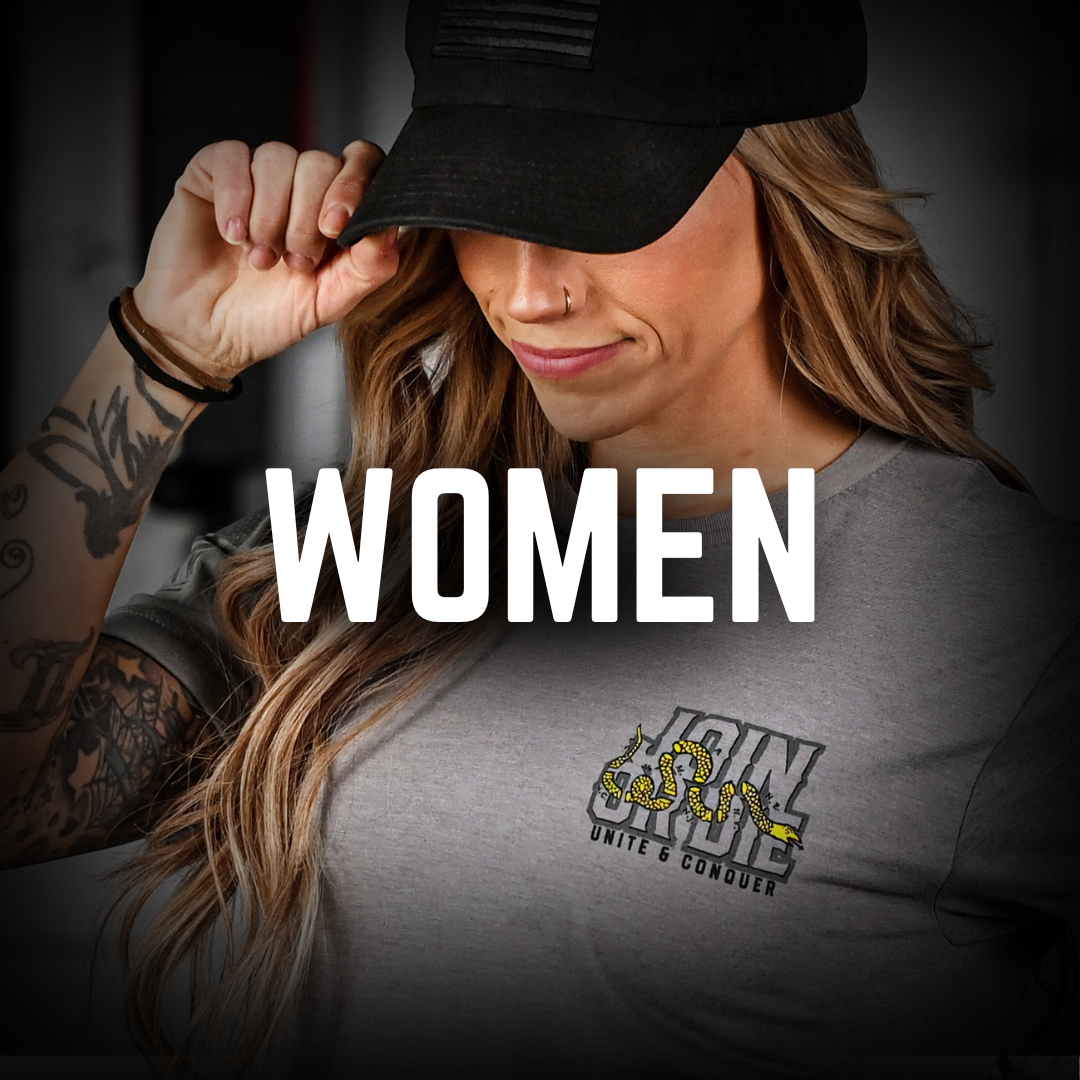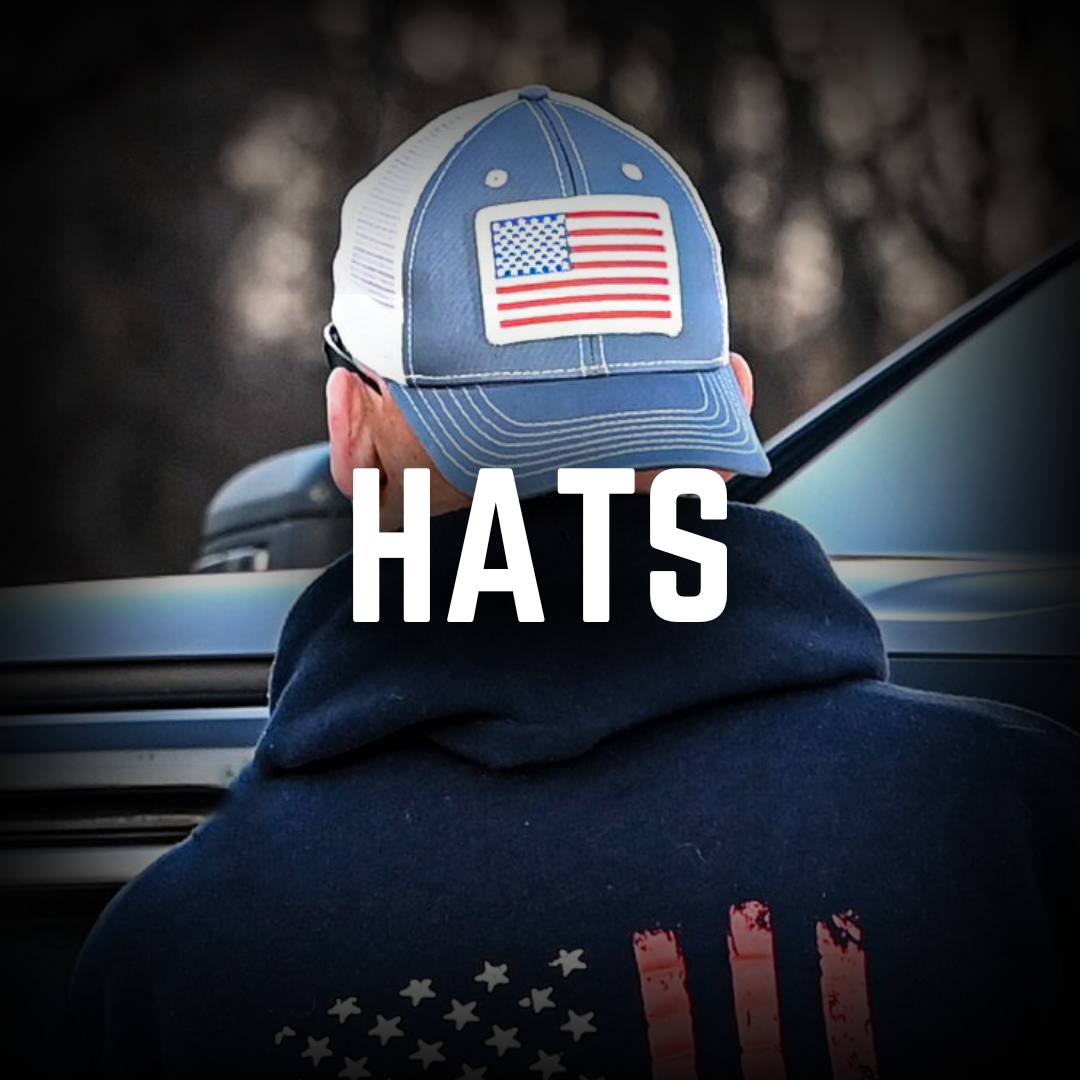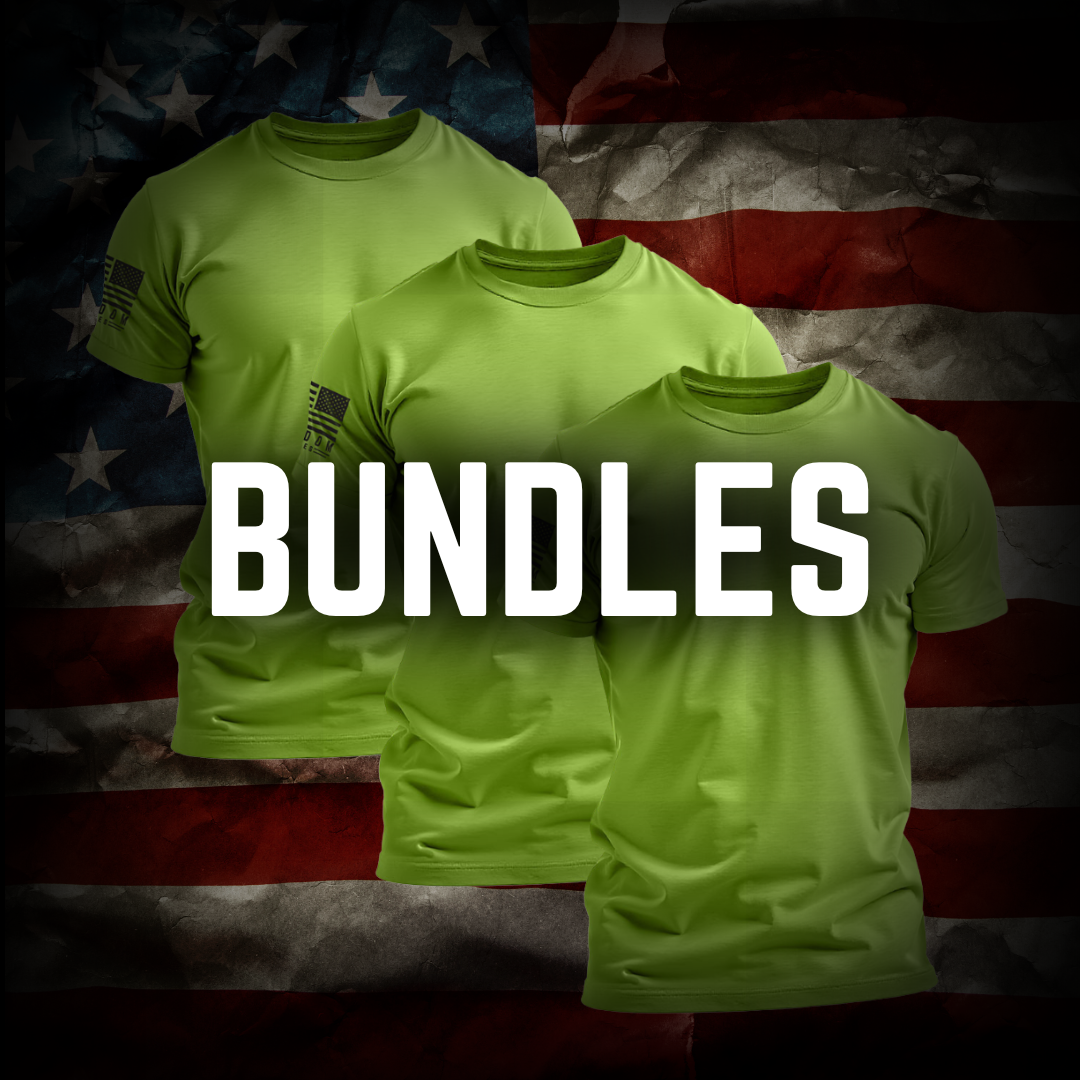Turkey decoys are a popular hunting tool used to attract wild turkeys. They come in various forms including full-body decoys, tail fan decoys, and strutting decoys. These decoys can be made of various materials such as foam, plastic, or rubber.
They mimic the appearance and movements of a real turkey and can be used in combination with calls to lure in birds. State or federal laws may regulate Turkey decoys, so check your local regulations before using them.
Turkey Decoy Types
The most critical element to consider when selecting turkey decoys is the type of bird they imitate. Most turkey decoys for sale in the United States come in three forms: hens, toms, and jakes. Each type has its own characteristics that can influence your chances of success during the turkey season.
Every type of decoy is available in a wide range of prices and realism levels, from the most expensive, three-dimensional realistic turkey decoys to the most affordable, two-dimensional silhouette decoys. The higher the level of realism, the more expensive and durable the decoy.
Hen Decoys
Hens are female turkeys. The most common decoy setups used by turkey hunters are all-hen decoys paired with yelps from a quality turkey call. The essential principle of this setup is to ensure gobblers see and hear what they think is a potential mate, lure them into bow or shotgun range, and pull the trigger.
Experienced turkey hunters recommend setting up hen decoys in pairs: one looking and one feeding. Due to the turkey’s gregarious nature, this configuration can attract either other hens, a group of jakes, or a strutting tom.
Jake Decoys
A jake is a young male turkey, generally defined as around one year old, with a beard length of six inches or less.
The primary purpose of jake decoys is to attract older, more dominant toms and exploit their territorial nature. The recommended setup is to use a jake decoy in combination with one or multiple hen decoys to trick a tom into approaching and asserting itself.
If you are hunting turkey on land that carries large packs of aggressive jakes, the sight of a jake decoy may intimidate a tom away instead of attracting them.

Tom Decoys
Toms are older male turkeys, at least two years old, with a beard of seven inches or more. Tom decoys are categorized according to the position they imitate, the two most common being half-strut and full-strut.
Strutting gobbler decoys imitate a dominant male asserting itself toward jakes or attempting to attract a hen. This type of decoy is most effective during the early season when older, dominant toms are more likely to be seen trying to assert themselves toward other males.
However, turkey hunters must be careful when deploying tom decoys. If placed at the wrong place or time, other birds may be intimidated by the sight of a dominant male, scaring them away from the area.
Half-strut vs. Full-strut Decoys
The primary difference between half-strut and full-strut tom decoys is the position they imitate. A half-strutting decoy resembles a tom in a strutting pose with its feathers down. A full-strutting decoy has its rear feathers fully up and on display, resembling a deployed hand fan.
Some manufacturers may also offer ¾-strut decoys, which imitate a strutting tom with its feathers up but not yet displayed.
The fuller the decoy’s strut, the more aggressively real toms may react to the sight, increasing the chances of approaching.

Decoy Placement Tips
These tips can help you use turkey decoys more efficiently and increase your chances of success.
Turkeys have excellent eyesight, featuring wide-angle (270°) peripheral vision and excellent color perception. Wear attire and accessories with an appropriate camouflage pattern like the Freedom Fatigues MultiCam American Flag Patch Green Ball Cap.
Observe your local birds’ behavior and change and adapt your placement accordingly. Strategies that worked in the early season will likely fail in the latter half.
Don’t place your decoys too far away from your location. If the decoy is far from you, your target may be even further away, possibly outside your weapon’s effective range.
- Shotgun hunters should place their decoys 20 to 25 yards away to attract birds within 40-45 yards of your location and keep the shot pattern sufficiently tight for a humane kill.
- Bowhunters should place decoys closer and avoid taking shots beyond 30 yards, beyond which the arrow may require more drop compensation than you can feasibly provide.
While placing 3, 4, or more decoys can help you attract more birds, be mindful of your sight lines. If your decoys are bunched up too tightly, they may become obstacles and impair your ability to hit your target.
Avoid placing yourself directly behind your decoys. Even if you shoot from a hunting blind, approaching birds may detect your presence and be scared away.
Be mindful of your decoys’ orientation, especially when placing gobbler decoys. Jakes are typically subdominant and should face away from approaching birds, whereas toms are dominant and should face toward them.

Hunt Like a Patriot with Freedom Fatigues
At Freedom Fatigues, we are dedicated to providing Americans with the best hunting and outdoor advice and the highest-quality patriotic apparel. Shop our selection of patriotic t-shirts, hoodies, and accessories today.
We also collaborate with Howl For Wildlife, a groundbreaking conservation organization that protects the rights of our nation’s wildlife and fisheries.




